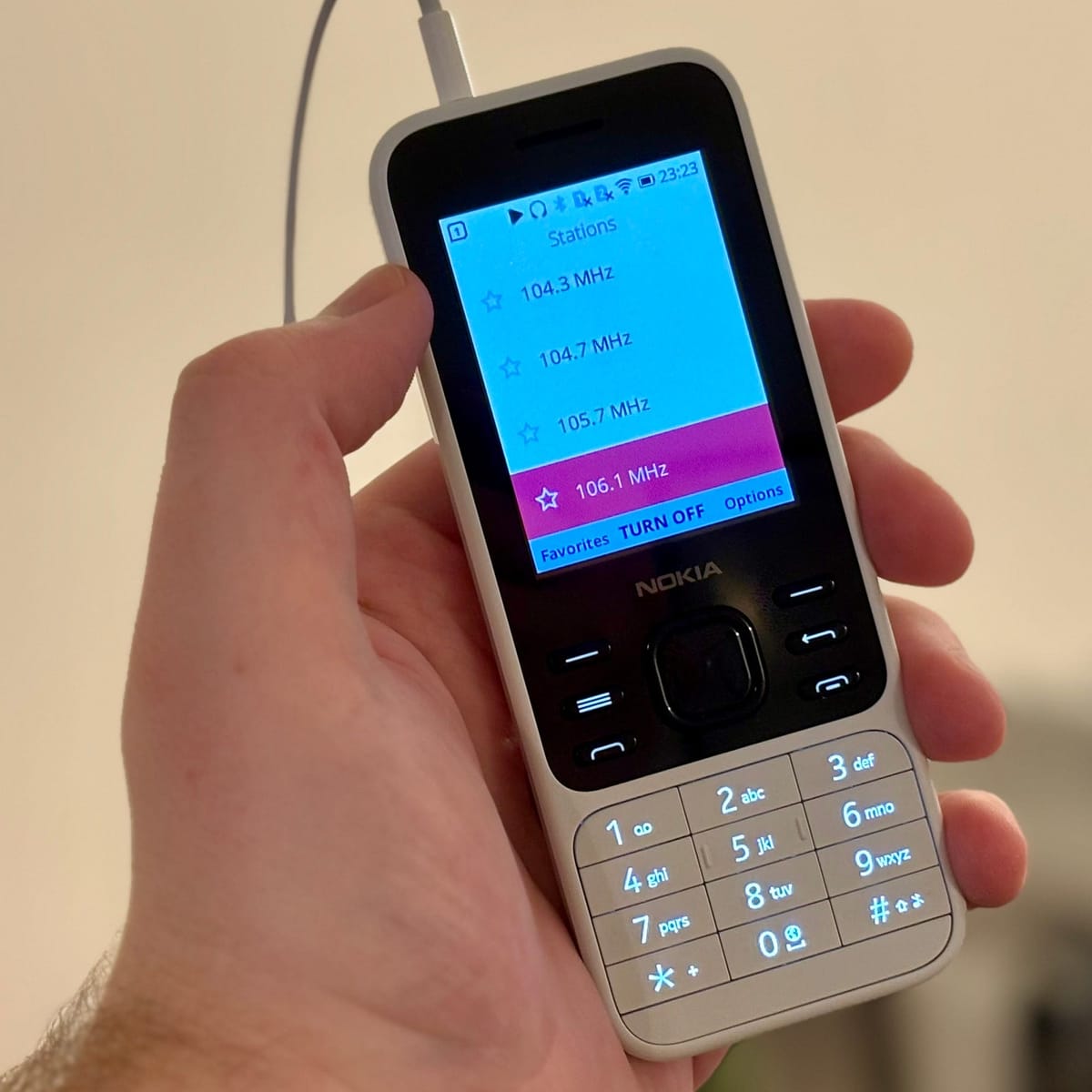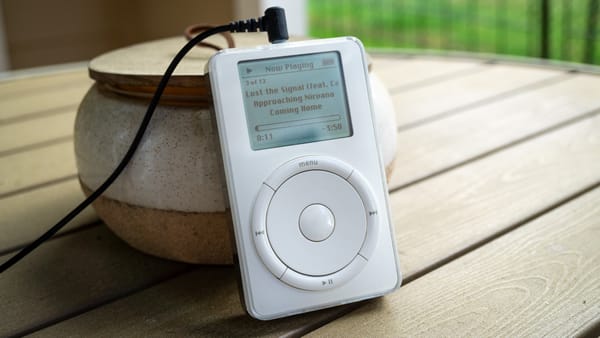Phones should have FM radio again
Radio access could be a critical safety feature in the years ahead.

FM radio support was common on smartphones a decade ago, from the Samsung Galaxy SII to the Nokia Lumia 1020. However, device makers eventually started dropping the feature in the US and other countries, possibly due to pressure from carriers interested in selling unlimited data plans (that’s the leading theory, anyway). As natural disasters become more common and more dangerous, and smartphone manufacturers are looking to space satellites to offer emergency communications, FM radio in smartphones is another feature that could save lives.
I’m mostly focused on the United States here, as FM radio access and laws vary from country to country. In 2017, Mexico passed regulation that required all smartphones with FM chips to enable them… but most modern phones lack that hardware. DAB and DAB+ digital radio has mostly supplanted FM radio in Europe, Australia, and some other regions, and some countries with DAB are starting to phase out FM entirely. There are still some phones sold today with FM support, such as the Xiaomi Redmi 12 and the Nokia feature phone pictured above, but they are rare and usually not available in the US.
Safety first
Natural disasters are becoming increasingly common around the world as climate change ramps up, and they can frequently knock out the power grids for communication networks. Most cell towers have on-site backup power generators to compensate for power loss, but damaged towers (from earthquakes or wildfires, for example) can take much longer to repair. Mobile networks in the United States have become better at disaster management over the past few years, often deploying mobile cell towers and other stop-gap solutions after major disasters.
Traditional one-way radio is somewhat more resilient to disasters, since each station only needs a single tower to broadcast a signal that usually reaches the visual horizon (about 30-40 miles). Granted, a single tower might still be damaged or otherwise go offline in a disaster, but it’s faster to get it back up and running than a full cell network with dozens or hundreds of towers. For example, FM radio helped coordinate supplies transportation in Puerto Rico in 2017, after Hurricane Maria took out most cell towers.
FM radio is useful for more than just emergency communications, though. Most areas in the US have stations with some combination of music, talk shows, and news. In my home area of Raleigh, North Carolina, the local WRAL news has an FM station that mirrors its TV channel. I also occasionally tune into WUNC, which broadcasts audio shows and news during the day and BBC World Service at night. Those stations and most others are available on regular phones through internet radio streaming (like TuneIn), but FM access would cut down on mobile data usage.
There’s another type of radio that could save lives if implemented in smartphones. In the United States, the NOAA runs a network of radio towers that broadcast up-to-the-minute weather reports and automated alerts, which are specifically designed to stay running during tornadoes and other emergencies. The signals are broadcasted on 162.400 – 162.550 MHz, above the FM band, allowing the signals to travel much farther than regular radio or cell networks. That also means you need specialized radios to pick up the stations. Canada’s Weatheradio uses the same frequencies, and Mexico has a similar system for earthquake warnings.
The ability to pick up dedicated emergency weather radio in the United States and Canada would be great in a smartphone, but that’s even less likely to happen than FM support. It might require a different tuner, and for smartphones sold on a global scale, it’s hard to justify the engineering if the feature couldn’t be used in the rest of the world.
The hardware problem
There is one problem with traditional radio in smartphones: you need an external antenna. FM and AM radio has a much lower frequency than 4G and 5G with larger radio waves, so the tiny antenna bands used in smartphones for connecting to wireless networks won’t cut it. Most cars used antennas around 31 inches in length for radio, until car makers started moving to coil-based designs in sharkfin-style antennas, or just hiding the antenna near the rear window glass or some other component.
Phones with FM radio require headphones or earbuds connected to receive a signal, so the cable can be used as the antenna. Unfortunately, most modern smartphones don’t have a headphone jack. There’s not much of a chance that feature will come back, but maybe an external antenna could use the shield or one of the pins on the phone’s charging port, or wired USB-C headphones and 3.5mm adapters could be updated to work as antennas. There could also just be an adapter that connects to the phone and contains all the required hardware, or maybe smartphone manufacturers can come up with some other creative solution that turns some internal component into a conductor.
The design of the antenna solution is probably the sticking point here. In a world where smartphone makers are trying to create sleek and simple designs, an official antenna accessory from Apple or Samsung would likely be the butt of jokes in the tech press. There could be some creative solutions, though — imagine an antenna module that snaps onto the back of an iPhone using MagSafe.
Even if FM radio support needs to be clunkier in this post-headphone jack world, it’s still something that smartphone makers should figure out. Natural disasters that knock out cell towers are only becoming more common, and outside of emergency situations, it’s just a nice feature to have.




